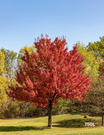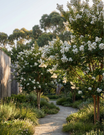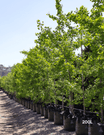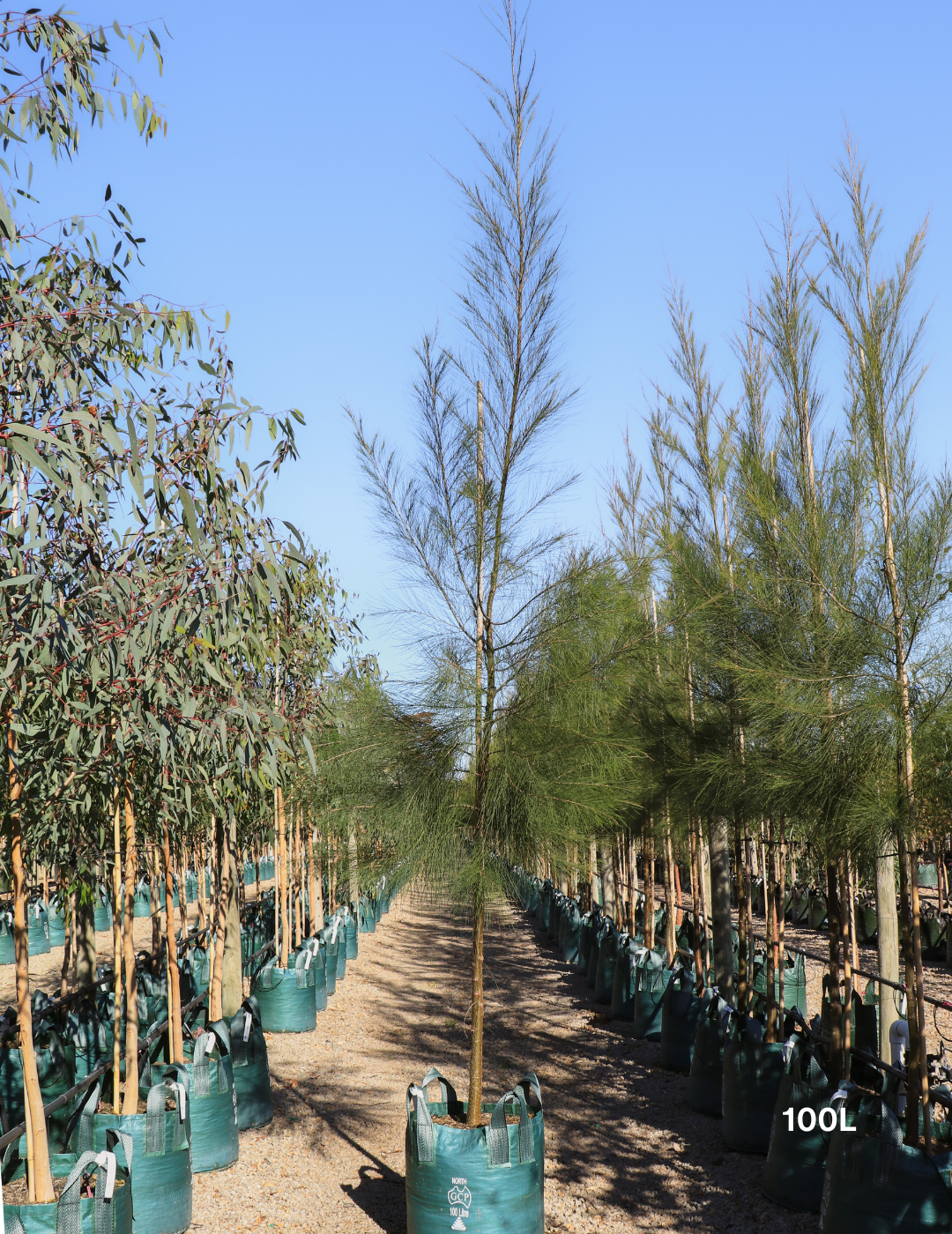A home nestled near a tranquil water body—be it a sparkling lake, meandering river, or peaceful coastal retreat—is truly a sanctuary. The surrounding landscape can be enhanced by thoughtfully selecting trees that not only thrive in these unique environments but also contribute to ecological health, reduce soil erosion, and offer aesthetic appeal. Choosing trees that flourish in moist conditions is essential when planning your garden or estate near water.
In this article, we explore three exceptional trees that thrive near water in Australia, offering both practical and ecological benefits, along with tips for planting and care. Whether you want to enhance the beauty of your waterside estate or create a serene oasis, these trees will surely enrich your garden space.
Why Tree Selection Near Water Matters
Planting trees near water bodies isn't merely about aesthetics. The right tree can stabilize the soil, prevent erosion, and contribute to the surrounding biodiversity. Trees with a preference for moist soil often develop extensive root systems that anchor the ground, helping to maintain shoreline integrity. Furthermore, these trees provide shade, shelter for wildlife, and even improve water quality by filtering pollutants.
Let’s explore three tree species perfectly suited for such environments.
1. Melaleuca quinquenervia (Paperbark Tree)
The Melaleuca quinquenervia, also known as the paperbark tree, is a native Australian species that thrives in wet, swampy conditions, making it an ideal choice for homes near water. This hardy evergreen is well-known for its unique, peeling bark that reveals smooth, creamy layers beneath, offering year-round visual interest.
Why Choose Melaleuca quinquenervia for Your Waterside Garden?
- Moisture Tolerance: This tree thrives in both waterlogged and dry soil, making it perfect for homes near lakes, rivers, or marshlands.
- Ecological Benefits: Paperbark trees are natural water purifiers. They can absorb heavy metals and excess nutrients from the soil and water, helping maintain the purity of nearby water sources.
- Wildlife Attraction: These trees are a haven for wildlife, providing shelter and food for a variety of bird species, including nectar-feeding birds like honeyeaters.
Planting and Care Tips:
- Planting Location: The paperbark tree can handle both full sun and partial shade but prefers a sunny spot for optimal growth.
- Soil Requirements: Adaptable to a range of soils, though it thrives best in moist, well-drained soils near water.
- Maintenance: Low maintenance and drought-resistant once established. Its deep root system also makes it wind-resistant, ideal for coastal or riverside locations prone to storms.
The Melaleuca quinquenervia is perfect for those seeking a low-maintenance yet visually striking tree that provides ecological benefits for their garden near water.
2. Lophostemon confertus (Queensland Brush Box)
Another Australian native, the Lophostemon confertus, or Queensland brush box, is an excellent choice for coastal or riverside homes. Known for its glossy green foliage and attractive, mottled bark, this evergreen tree brings both beauty and practicality to the landscape.
Why Choose Lophostemon confertus for Your Waterside Property?
- Resilience to Moisture: The Queensland brush box is highly adaptable to a variety of conditions, including moist soils typical of homes near water bodies.
- Erosion Control: With its robust root system, this tree helps stabilize soil and prevent erosion along riverbanks or lakesides, making it both an aesthetic and functional choice.
- Air and Water Quality Improvement: This tree has excellent air-purifying properties, absorbing pollutants and improving the surrounding air and water quality.
Planting and Care Tips:
- Ideal Conditions: It thrives in full sun but can tolerate partial shade, making it suitable for a range of landscape designs.
- Soil Preferences: Prefers well-drained, slightly acidic to neutral soils, but can tolerate occasional flooding.
- Pruning: Prune lightly to maintain its shape, and keep an eye out for the natural shedding of bark, which adds a unique textural quality to your garden.
The Lophostemon confertus is ideal for homeowners looking to combine elegance with ecological responsibility, as its glossy leaves and attractive bark provide a luxurious touch to any garden.
3. Casuarina cunninghamiana (River Sheoak)
For those who seek both grace and practicality, the Casuarina cunninghamiana, or river sheoak, is a perfect option for homes near water. This fast-growing, evergreen tree features fine, needle-like foliage and a distinctive weeping habit, reminiscent of a willow.
Why Choose Casuarina cunninghamiana for Your Waterside Garden?
- Adaptability to Wet Conditions: As its name suggests, the river she-oak is well-suited to growing near streams and other wet environments.
- Erosion Control: Its extensive root system helps control erosion, making it a perfect choice for areas prone to soil movement near water.
- Windbreak: This tree is often used as a windbreak due to its dense foliage. It offers protection from harsh coastal winds and enhances the comfort of your garden.
Planting and Care Tips:
- Growing Conditions: The river sheoak prefers full sun but can tolerate partial shade. It's highly adaptable to different soil types, including sandy, loamy, or clay soils, making it perfect for coastal gardens.
- Maintenance: Relatively low maintenance, though it benefits from occasional pruning to control its size. The fine foliage produces a soothing rustling sound in the wind, adding to the peaceful atmosphere of your waterside garden.
The Casuarina cunninghamiana is perfect for those who value both functionality and aesthetic appeal. It offers erosion control while adding a graceful, willow-like beauty to any water-adjacent property.
Additional Considerations for Waterside Tree Planting
When selecting trees for a waterside garden, it’s crucial to consider several factors:
- Root Systems: Trees planted near water must have strong, extensive root systems to anchor the soil and prevent erosion.
- Water Tolerance: Opt for species that thrive in moist conditions or withstand periodic flooding.
- Wildlife Support: Consider trees that offer habitat and food for local wildlife, promoting biodiversity and contributing to the ecological health of your garden.
- Climate Compatibility: Always choose trees suited to your region's climate. In Australia, native species thrive better, as they are already adapted to local conditions.
FAQs
1. Can I plant non-native trees near water?
While non-native trees may grow near water, native species are typically better adapted to local conditions, offering greater benefits for erosion control and supporting local wildlife.
2. How close to the water can I plant these trees?
Each tree species has different tolerances for moisture and proximity to water. However, most trees mentioned above, like the Melaleuca quinquenervia and Casuarina cunninghamiana, thrive when planted close to water bodies.
3. What other benefits do these trees provide?
In addition to aesthetic appeal, trees planted near water can reduce soil erosion, improve air and water quality, provide habitat for wildlife, and contribute to the ecological balance of your landscape.
In conclusion, choosing the right trees for homes near water offers a balance of beauty, ecological benefits, and functionality. The Melaleuca quinquenervia, Lophostemon confertus, and Casuarina cunninghamiana are excellent choices for Australian properties, bringing resilience, elegance, and environmental sustainability to your garden. By incorporating these species into your landscape, you not only enhance the natural beauty of your property but also contribute to the health of the surrounding ecosystem.




















































Leave a comment
This site is protected by hCaptcha and the hCaptcha Privacy Policy and Terms of Service apply.